Species Photo Gallery for Ophiderma salamandra No Common Name 24 |
 | Photo by: Ken Kneidel
Mecklenburg Co.
Comment: 6.8 mm male on Willow Oak, Quercus phellos, stuck in Tanglefoot on a tree band, others of both sexes nearby to be submitted separatelyrn | 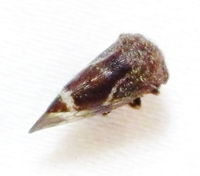 | Photo by: Ken Kneidel
Mecklenburg Co.
Comment: 6.8 mm male on Willow Oak, Quercus phellos, stuck in Tanglefoot on a tree band, others of both sexes nearby to be submitted separatelyrn |
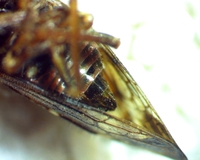 | Photo by: Ken Kneidel
Mecklenburg Co.
Comment: 6.8 mm male on Willow Oak, Quercus phellos, stuck in Tanglefoot on a tree band, others of both sexes nearby to be submitted separatelyrn | 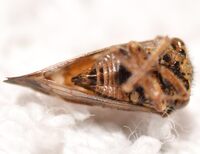 | Photo by: Ken Kneidel
Mecklenburg Co.
Comment: 6.7 mm male on Willow Oak, Quercus phellos, stuck in Tanglefoot on a tree band, others of both sexes nearby to be submitted separately |
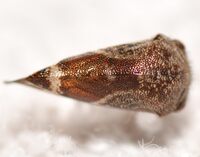 | Photo by: Ken Kneidel
Mecklenburg Co.
Comment: 6.7 mm male on Willow Oak, Quercus phellos, stuck in Tanglefoot on a tree band, others of both sexes nearby to be submitted separately | 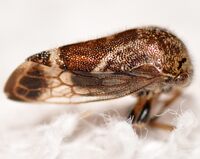 | Photo by: Ken Kneidel
Mecklenburg Co.
Comment: 6.7 mm male on Willow Oak, Quercus phellos, stuck in Tanglefoot on a tree band, others of both sexes nearby to be submitted separately |
 | Photo by: Ted Wilcox
Watauga Co.
Comment: unid_treehopper | 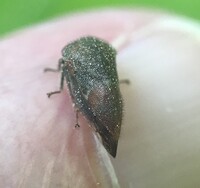 | Photo by: Ted Wilcox
Watauga Co.
Comment: unid_treehopper |
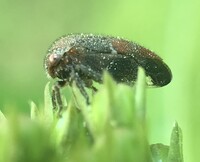 | Photo by: Ted Wilcox
Watauga Co.
Comment: unid_treehopper | 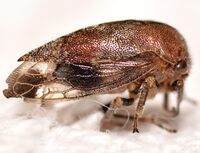 | Photo by: Ken Kneidel
Mecklenburg Co.
Comment: 7.8 mm female, on Willow Oak, Quercus phellos, stuck in Tanglefoot on a tree band, others of both sexes nearby to be submitted separatelyrn |
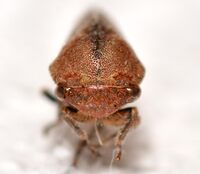 | Photo by: Ken Kneidel
Mecklenburg Co.
Comment: 7.8 mm female, on Willow Oak, Quercus phellos, stuck in Tanglefoot on a tree band, others of both sexes nearby to be submitted separatelyrn | 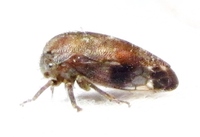 | Photo by: Ken Kneidel
Mecklenburg Co.
Comment: 7 mm female, on Willow Oak, Quercus phellos, stuck in Tanglefoot on a tree band, others of both sexes nearby to be submitted separatelyrn |
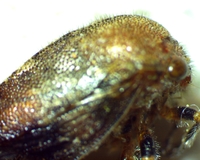 | Photo by: Ken Kneidel
Mecklenburg Co.
Comment: 7 mm female, on Willow Oak, Quercus phellos, stuck in Tanglefoot on a tree band, others of both sexes nearby to be submitted separatelyrn | 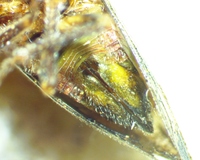 | Photo by: Ken Kneidel
Mecklenburg Co.
Comment: 7 mm female, on Willow Oak, Quercus phellos, stuck in Tanglefoot on a tree band, others of both sexes nearby to be submitted separatelyrn |
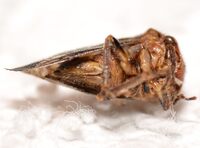 | Photo by: Ken Kneidel
Mecklenburg Co.
Comment: 7.8 mm female, on Willow Oak, Quercus phellos, stuck in Tanglefoot on a tree band, others of both sexes nearby to be submitted separatelyrn | 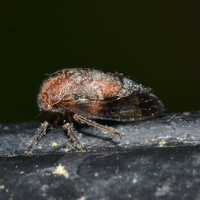 | Photo by: Margarita Lankford
Orange Co.
Comment: https://www.inaturalist.org/observations/42625364 |
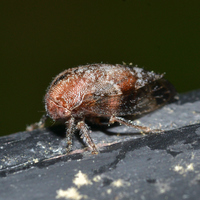 | Photo by: Margarita Lankford
Orange Co.
Comment: https://www.inaturalist.org/observations/42625364 |  | Photo by: Margarita Lankford
Orange Co.
Comment: https://www.inaturalist.org/observations/42625364 |
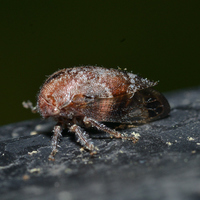 | Photo by: Margarita Lankford
Orange Co.
Comment: https://www.inaturalist.org/observations/42625364 | 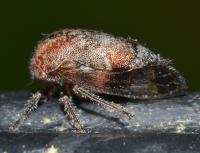 | Photo by: Margarita Lankford
Orange Co.
Comment: https://www.inaturalist.org/observations/42625364 |
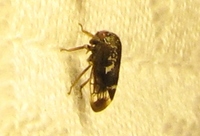 | Photo by: Ken Kneidel
Yancey Co.
Comment: came to CFL, UV light combo, cove forest edge with small lawn and meadow nearby |  | Photo by: Ken Kneidel
Yancey Co.
Comment: came to CFL, UV light combo, cove forest edge with small lawn and meadow nearby |
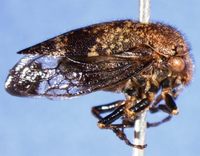 | Photo by: Matthew S. Wallace
Out Of State Co.
Comment: female | 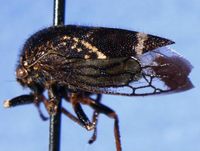 | Photo by: Matthew S. Wallace
Out Of State Co.
Comment: male |
|

 »
»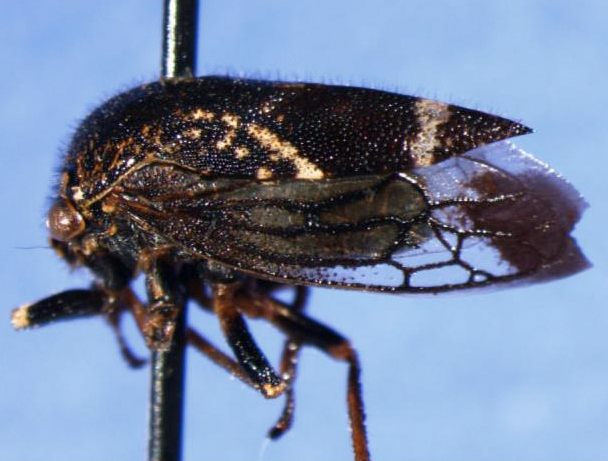
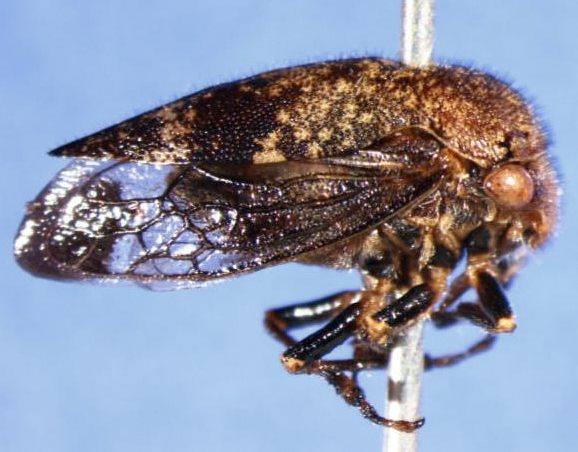
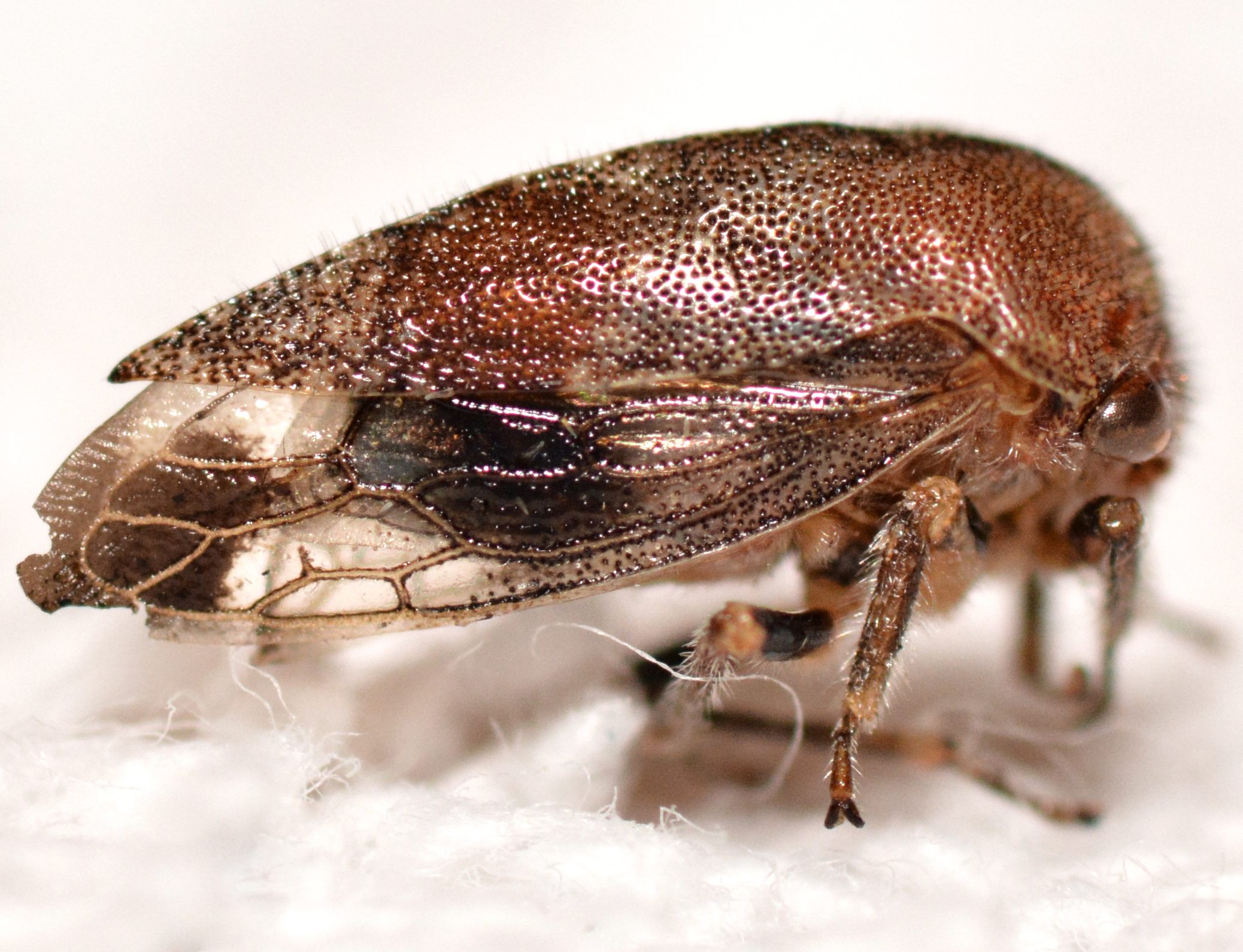


 »
»


